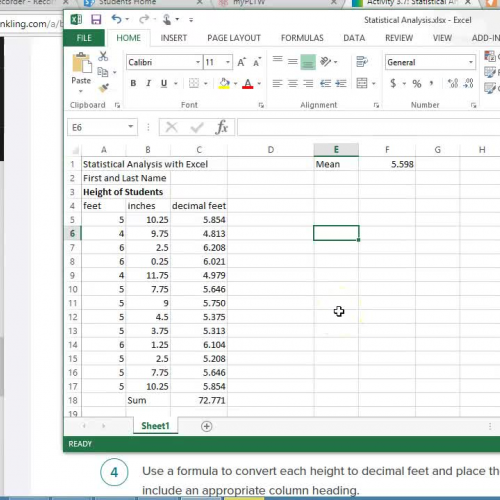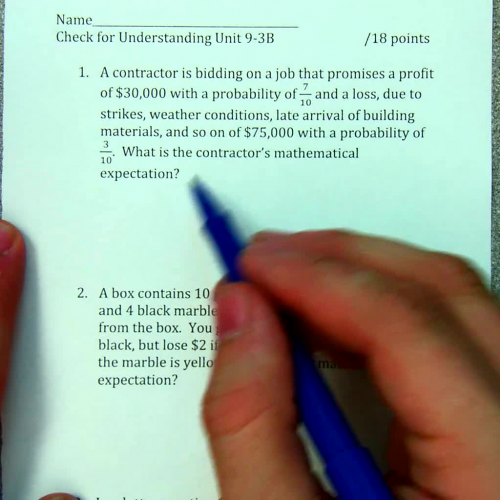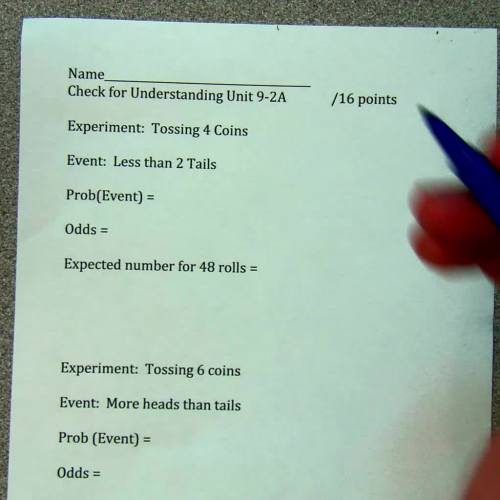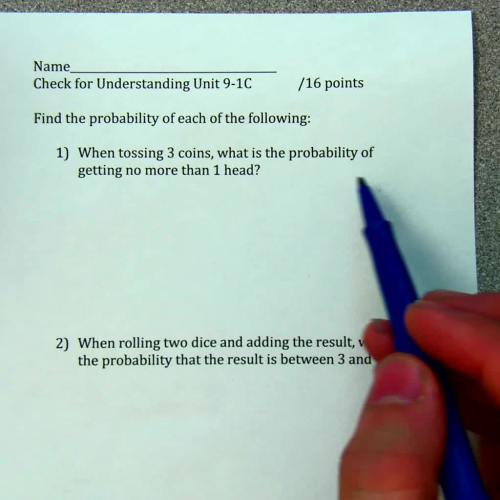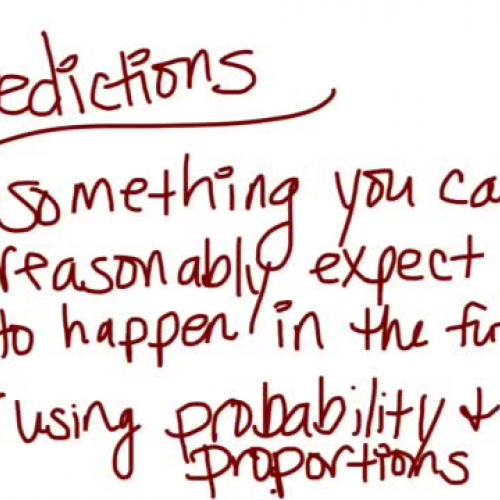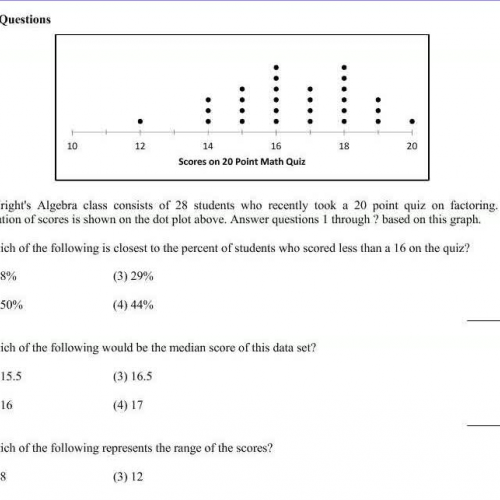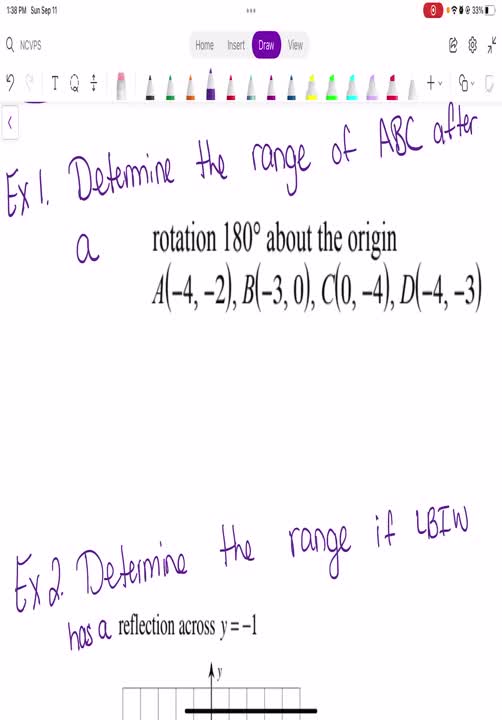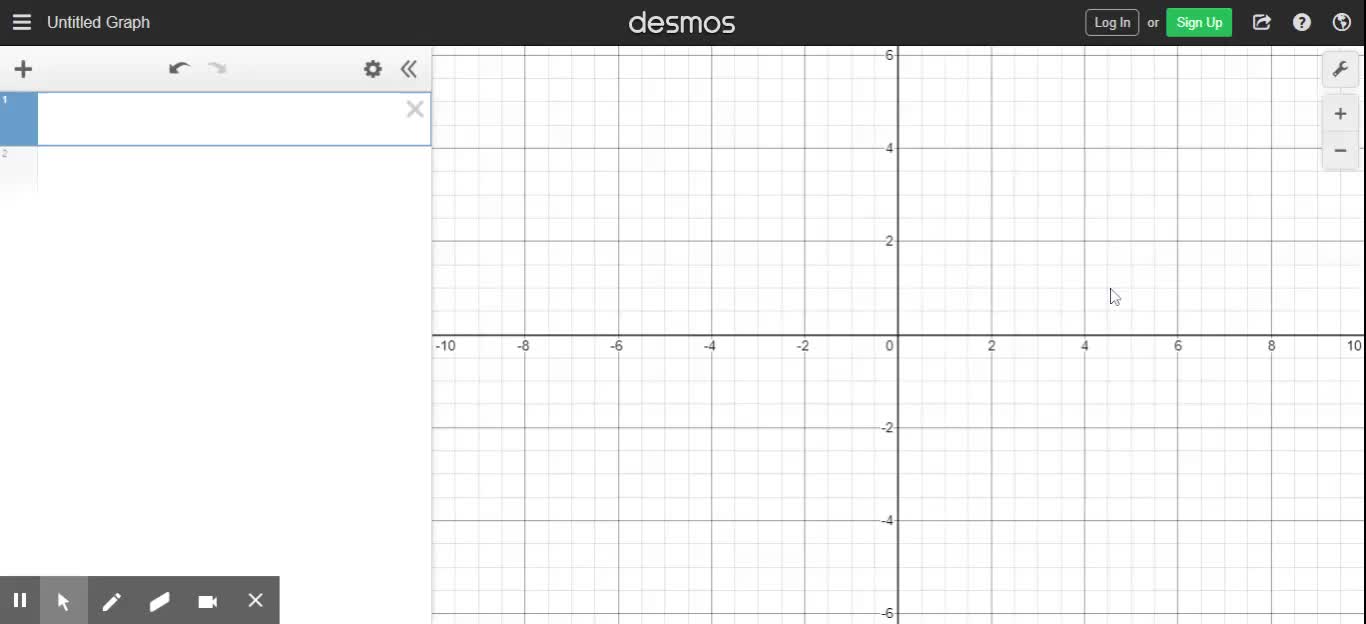Introduction Writing
High School / Math / Probability and Statistics
Introduction Writing A typical introduction consists of 3 components: A hook, or opening general statement, a bridge, and a thesis statement. There’s already a video in this series devoted to writing a thesis statement. That’s because it should be the first priority in writing your essay. The rest of the introduction can wait until your thesis and body paragraphs are completely planned. Think about it- film makers don’t make a movie trailer first- they film the movie, then they know exactly what’s going to be in it and how to market it, THEN they use that information to produce a trailer. In this video you’ll see how to build your introduction around your thesis using our model thesis from the previous video. Consider these hook and bridge examples for our thesis is: Cell phone’s belong in school because they can save lives, serve as learning tools, and teach teenagers responsibility. A hook, or OGS is the very first line of your paper which should ensnare the attention or curiosity of your reader. There are lots of ways to do this. An elementary version of a hook involves asking your reader a rhetorical question to get them thinking about the subject, though this must be done with tact. Rhetorical questions are usually more suitable for speeches, but if you must use one, it may look like this. Ex. 1 Cell phones are powerful tools used by the vast majority of American citizens, but do they have a place n the public school classroom? More sophisticated techniques involve using sensory details or imagery that makes the reader feel something they are interested in. These are best applied to scenarios that can pique a reader’s interest. Ex 2. An ear-splitting ring echoes through the classroom to shatter the silence of the testing environment, and the instructor glows with rage. Ex. 3 A teacher begins to look dizzy and suddenly plummets to the floor, while panicking students reach to their pockets to call for help, finding nothing but air to grasp. Other techniques involve general sentences about the topic to introduce it as seen here: Ex. 4 The place of cell phones in public school settings has been a hotbed of controversy for several years now. Ex. 5 One of the best tools and greatest hindrances of 21st century learning is combined into one device not much larger than a deck of cards. If you happen to know any meaningful statistics or figures on the issue, you can apply them to your OGS, but you should NEVER make up statistics or include them in your paper if you can’t cite them. If you can, here’s one example. Ex. 6 A Pew research survey in 2013 found that some 78 percent of teens had cell phones. A bridge is just a line in your introduction that connects the hook to your specific thesis. We already know our thesis, so let’s look at our six examples and how we can bridge each one into the same thesis statement. Once you’ve done so practice writing a full introduction on your own, including a hook, bridge, and thesis. Ex. 1 Cell phones are powerful tools used by the vast majority of American citizens, but do they have a place n the public school classroom? Though plenty of resistance to these devices, they clearly aren’t going away. Cell phone’s belong in school because they can save lives, serve as learning tools, and teach teenagers responsibility. Ex 2. An ear-splitting ring echoes through the classroom to shatter the silence of the testing environment, and the instructor glows with rage. These distractions happen in schools on a daily basis, but such moments could become lessons America’s teens could use for the rest of their lives. Cell phone’s belong in school because they can save lives, serve as learning tools, and teach teenagers responsibility. Ex. 3 A teacher begins to look dizzy and suddenly plummets to the floor, while panicking students reach to their pockets to call for help, finding nothing but air to grasp. Every moment counts in an emergency situation, and it does a classroom no favors to strip a potentially life saving tool from the hands of our youth. Cell phone’s belong in school because they can save lives, serve as learning tools, and teach teenagers responsibility. Ex. 4 The place of cell phones in public school settings has been a hotbed of controversy for several years now. Despite the controversy, it seems clear that cell phones aren’t going away, and that teenagers aren’t becoming any less interested in them. Ex. 5 One of the best tools and greatest hindrances of 21st century learning is combined into one device not much larger than a deck of cards. It’s up to the school systems if they want to use these tools to help students learn, or endure the headache of resisting the inevitable. Ex. 6 A Pew Research Survey in 2013 found that 78 percent of teens had cell phones. This growing majority of phone toting students suggest that an effort to prohibit students from using phones is a futile waste of resources.


